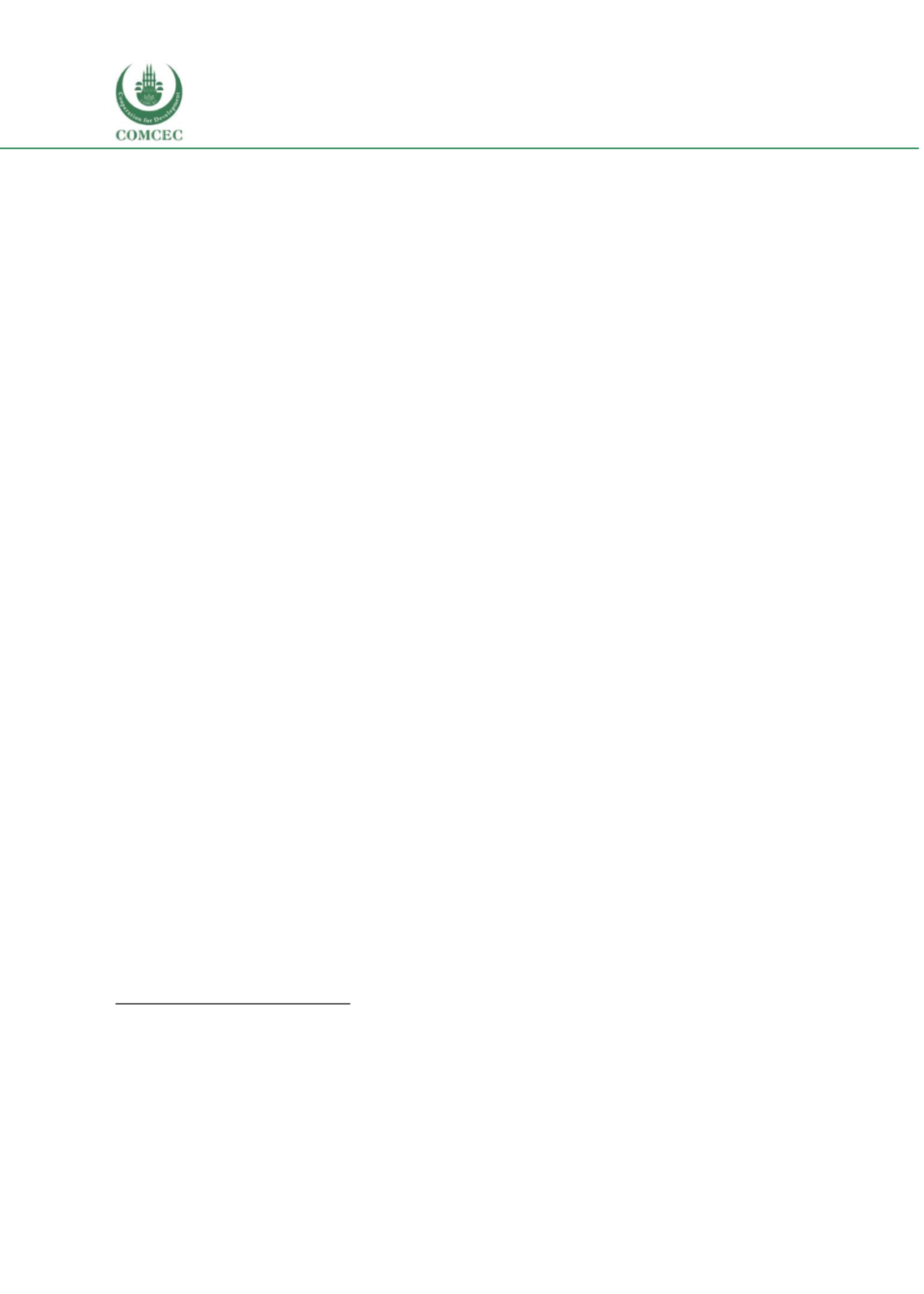

Education of Disadvantaged Children in OIC:
The Key to Escape from Poverty
64
Education System overview
The overall government decentralisation trends were also implemented in the education sector.
The Ministry of National Education (MEN, Ministere de l’Education nationale) has devolved some
of the administrative powers at the inspectorate level. There are 16 academic inspectorates, one
for each region (13) and with the Dakar region subdivided into 3 inspectorates, and 59 education
and training inspectorates. In 2004, education became compulsory for 10 years and for all
children of both sexes from 6 to 16 years of age.
Overall three ministries oversee the education sector in Senegal; the Ministry of National
Education, the Ministry of Vocational Training, Learning and Crafts industry (MFPAA) and the
Ministry of Higher Education and Research (ESR). Ministry of National Education oversee the
following programs: Integrated Early Childhood Development (DIPE), Elementary Education,
Lower Secondary Education, Secondary Education, Basic Education for Youth and Adults - EBJA
(Daara, Literacy), and Modernizing Daara and Governance.
There are several types of schools at the primary level: the classical French public schools
(82.71% of all schools), the private secular schools (8.04%), the Franco-Arab public schools
(3.29%), the Franco-Arab private sector (4.01%), the Catholic private sector (1.46 %),
associative
210
schools (0.23%), the Protestant private sector (0.19%) and community schools
(0.08%) (Source: DPRE / MEN, Statistical Yearbook 2014). The school-age population (6 to 11
years) is characterized by an annual growth rate of 2.7%. This rapid increase in the schooling
population places great pressure on the education system. Multi-grade schools are more common
in sparsely populated areas.
Trends in Access to Schooling
According to the 2013 population census
211
, the illiteracy rate remains high (57.2%) among those
aged 15 and over despite the achievements over the past two decades in Senegal. The census
estimated out-of-school children
212
at over 1.5 million in 2013, representing about 47% of all
school-aged children. Almost 8 out of 10 out-of-school children have never attended school while
2 out of 10 were enrolled at some point. In other words, non-enrolment is a phenomenon in
Senegal that has more of an impact on the number of out of school children than the school drop-
out rate.
In terms of access to education, while Gross Enrolment Ratios increased (See
Figure 23),
especially at the lower secondary level, a large part of the schooling age population remains out
of school (or at risk of dropping out).
210
“Ecole associative” is an informal school, a type of community-based school usually found in poor urban areas
211
RGPHAE-2013
212
Definitions.
Child enrolled in school:
A child attending a formal school (French or Franco-Arab school, public or private,
secular or confessional).
Out of school child
: A child who has never been enrolled in the formal system or who has dropped out
of school. Can attend or have attended a Koranic school, pure Arabic, or other non-formal school (alternative systems)
















